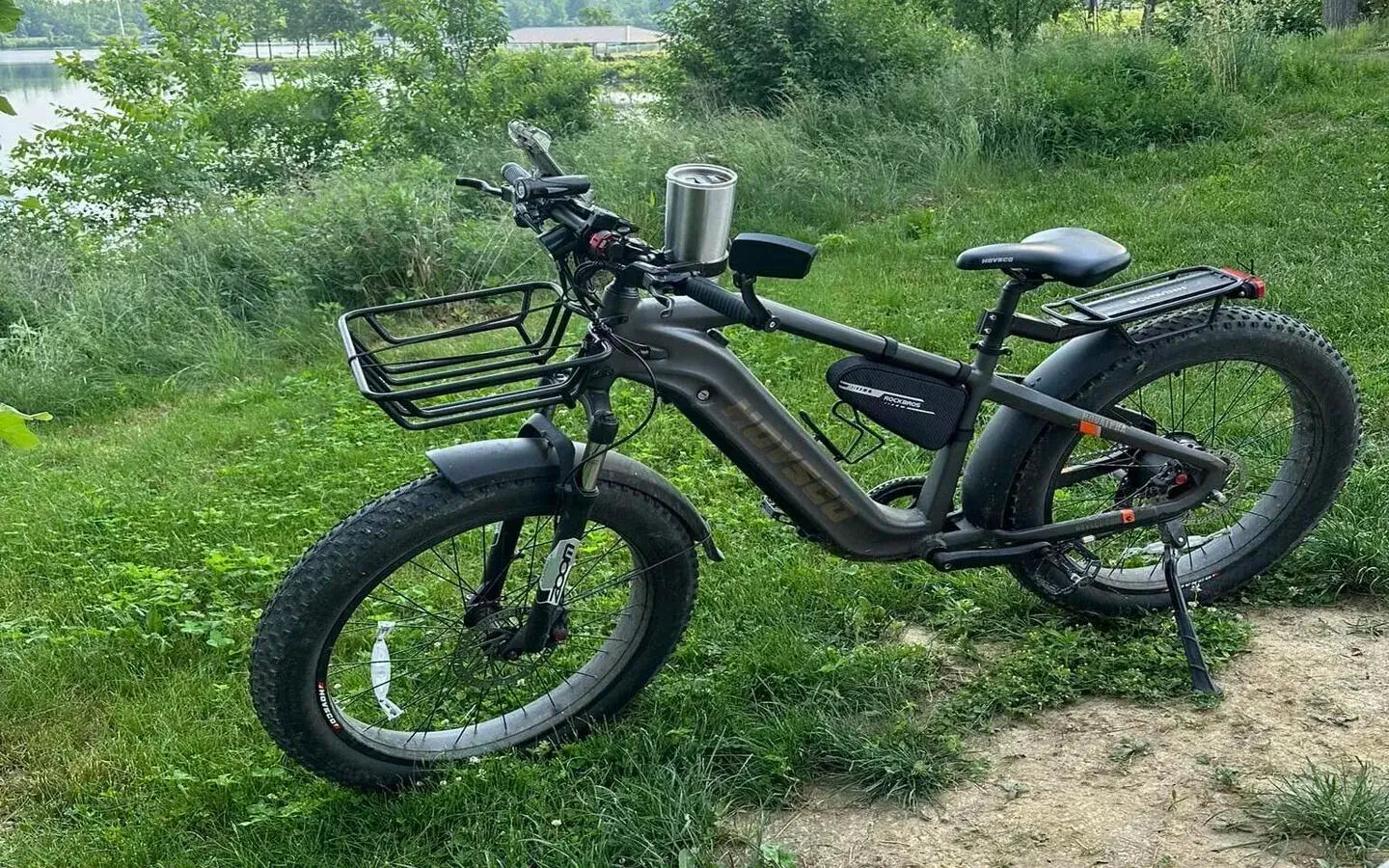
- by LiuJiazhu
Do Local EBike Stores Provide Expert Advice on Commuter Models?
- by LiuJiazhu
Local eBike stores typically provide expert advice on commuter models, leveraging specialized staff training and direct access to technical specifications. While big-box retailers focus on sales volume, dedicated eBike shops offer tailored guidance on motor power, battery range, and ergonomic features suited to daily urban commuting needs. What Are The Best City Commuter Electric Bikes For Adults?
Specialized stores invest in technical certifications and manufacturer partnerships to ensure staff master commuter-specific features like torque sensors and integrated lighting systems. This contrasts with general bicycle shops where eBike knowledge remains surface-level.
Reputable dealers require employees to complete programs like Bosch’s eBike System Professional certification, covering battery management and motor diagnostics. For commuter models specifically, training emphasizes real-world scenarios—how mid-drive motors handle stop-and-go traffic versus hub motors’ efficiency on flat routes. Pro tip: Ask technicians about their experience with gradient performance testing; skilled staff should explain how different motors maintain speed on 10% inclines. Consider this analogy: Choosing between eBike motors without expert guidance resembles buying a car without understanding fuel efficiency versus horsepower trade-offs. Transitioning from technical specs to practical use, stores often organize test rides through urban obstacles like curbs and traffic circles to demonstrate commuter-specific handling.
Key factors include 250W-500W motors, 400Wh+ batteries, and integrated cargo solutions. Expert stores analyze commute distance and elevation to match components to rider needs rather than pushing premium features unnecessarily.
Torque sensors (vs. cadence sensors) dominate professional recommendations for commuters due to their natural pedal-assist feel during frequent starts at traffic lights. Stores demonstrate how 65Nm motors handle steep bridges while 40Nm models suffice for flat cities. Battery capacity gets calculated against daily mileage—a 20km round trip requires at least 375Wh with 25% reserve for headwinds.
Beyond specs, practical testing matters: How easily can panniers attach to the rear rack? Does the suspension seat post absorb cobblestone vibrations? Transition phrases bridge these considerations: While motor power captures attention, the real commuter differentiator often lies in waterproofing ratings—IP54 protection ensures reliability in rainstorms. A Manhattan commuter might prioritize compact folding designs, whereas Amsterdam riders need superior mudguard coverage.
| Feature | Urban Priority | Suburban Priority |
|---|---|---|
| Motor Type | Mid-drive (traffic agility) | Hub-drive (sustained speed) |
| Battery | Removable for office charging | High capacity (600Wh+) |
| Tires | Puncture-resistant 28mm | Mixed-terrain 40mm |
Stores segment advice into short-range (under 10km), mid-range (10-25km), and long-range (25km+) commutes. This ensures appropriate gear selection from single-speed simplicity to multi-gear adaptability.
For under 5km trips, experts often suggest lightweight models with torque sensors to navigate tight streets—think Brompton’s eCargo Line for last-mile connectivity. The 15km commuter bracket sees recommendations for hybrid systems combining throttle assist for hill starts and pedal assist for sustained cruising. Ever wondered why some stores push belt drives over chains? For 30km+ commuters, they emphasize the 30,000km maintenance-free advantage despite higher upfront costs. Transitional analysis shows suburban riders benefit from speed pedelecs (45km/h models where legal), while urban commuters need compact designs with automatic gear shifting to handle unpredictable traffic flow.
Professional stores prioritize automatic LED lighting, hydraulic disc brakes, and reflective sidewalls. These features reduce collision risks during dawn/dusk rides and wet-road conditions common in daily commuting.
High-quality shops demonstrate brake performance using test rigs showing hydraulic systems’ 0.3-second faster reaction time versus mechanical brakes at 25km/h—critical when avoiding door-prized cars. They’ll highlight details like Supernova’s M99 Pro headlights providing 200lux illumination, exceeding standard 100lux bike lights. Pro tip: Insist on seeing the rear light’s lateral visibility angle; commuters need 220-degree visibility for intersection safety. Through analogies, experts compare eBike safety systems to car ADAS technologies—both require regular diagnostics, not just initial quality.
| Feature | Urban Necessity | Suburban Advantage |
|---|---|---|
| Brakes | Hydraulic (frequent stops) | Semi-hydraulic (cost balance) |
| Lights | Always-on visibility | High-beam distance |
| Tires | Reflective stripes | Deep tread patterns |
Expert retailers provide customized service plans covering battery health checks and torque calibration. They avoid generic recommendations, instead creating maintenance schedules based on individual commute intensity and terrain.
A professional shop might prescribe quarterly brake bleeds for rainy-city commuters versus biannual service for dry-climate riders. They educate customers on firmware updates—how Bosch’s 2024 Smart System improves regenerative braking on downhill routes. Transitioning from theory to practice, stores use diagnostic tools like Shimano’s e-Tube Project to demonstrate chain wear percentages exceeding 0.75% requires replacement. Real-world example: A daily 30km commuter’s mid-drive motor typically needs bearing inspections every 1,500km, whereas hub motors last 3,000km between services.
Specialists advocate spending 25-35% above base models for critical upgrades: hydraulic brakes, torque sensors, and UL-certified batteries. This optimizes long-term reliability and safety without overinvesting in unnecessary premium components.
Stores demonstrate value through component lifespan comparisons—a $150 upgraded gear system might last 10,000km versus 3,000km for entry-level parts. They’ll calculate total ownership costs: A $2,500 commuter eBike with 5-year battery warranty often outperforms a $1,800 model needing $600 battery replacement in year three. But how do you avoid overspending? Experts suggest allocating budget as 40% motor/battery, 30% frame/ergonomics, 20% safety features, and 10% accessories—a formula ensuring balanced performance.
Mid-drive motors excel in hilly cities with stop-and-go traffic due to better weight distribution and hill-climbing torque, while hub motors suit flat terrains with lower maintenance needs.
How often should commuter eBike batteries be replaced?Quality batteries last 800-1,200 full charge cycles—typically 3-5 years for daily commuters—but capacity monitoring and proper storage (40-80% charge) can extend lifespan by 30%.
Share:
What Makes the Jetson Electric Bike a Popular Choice for Urban Commuters?
Which Commuter Bike e Bike Is Best for Urban Travel in 2025?